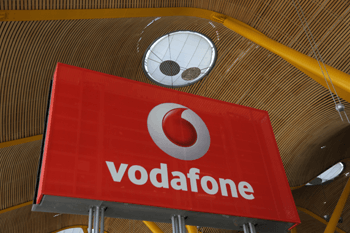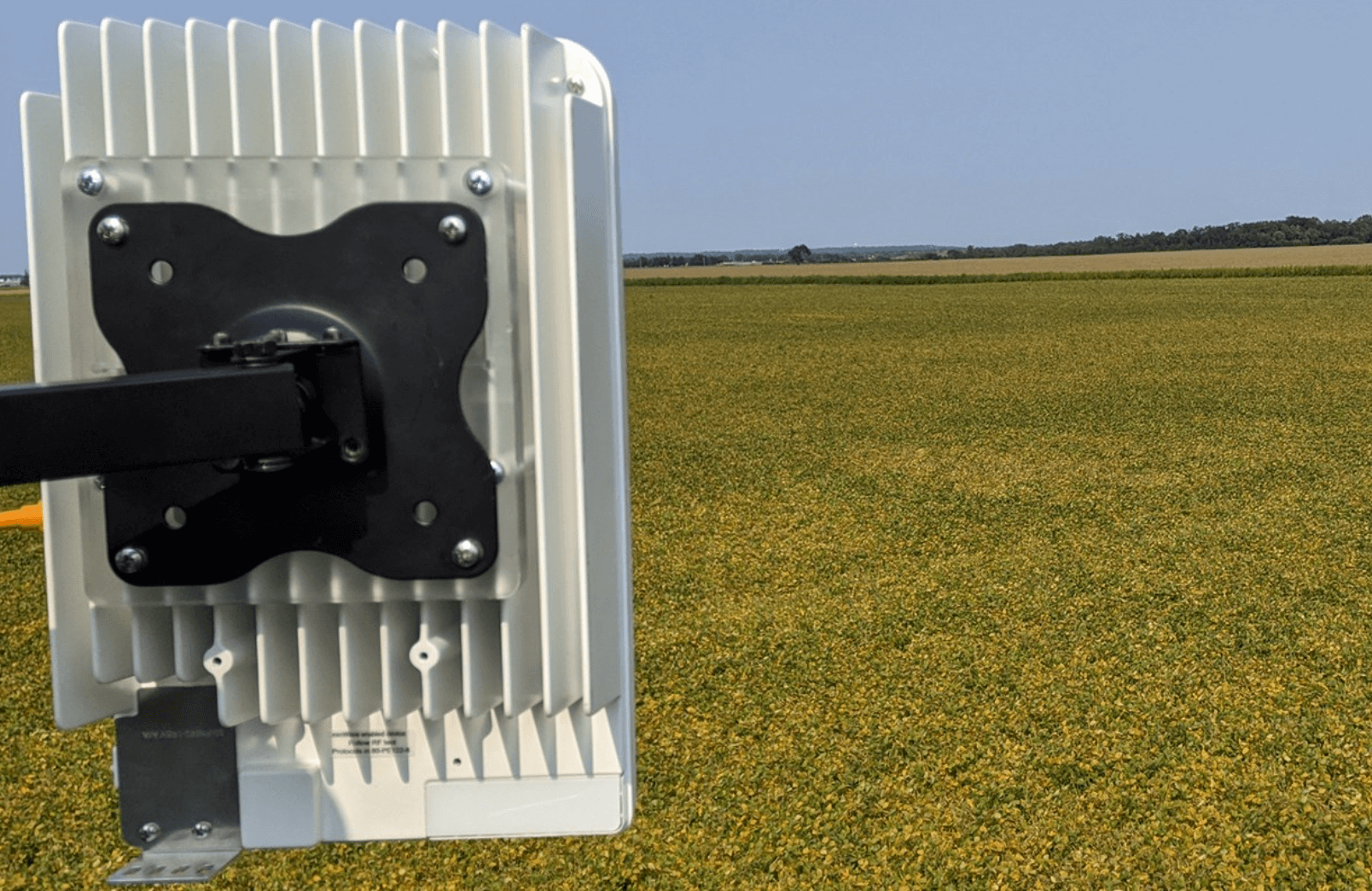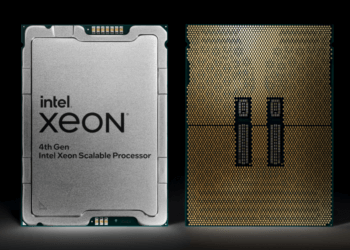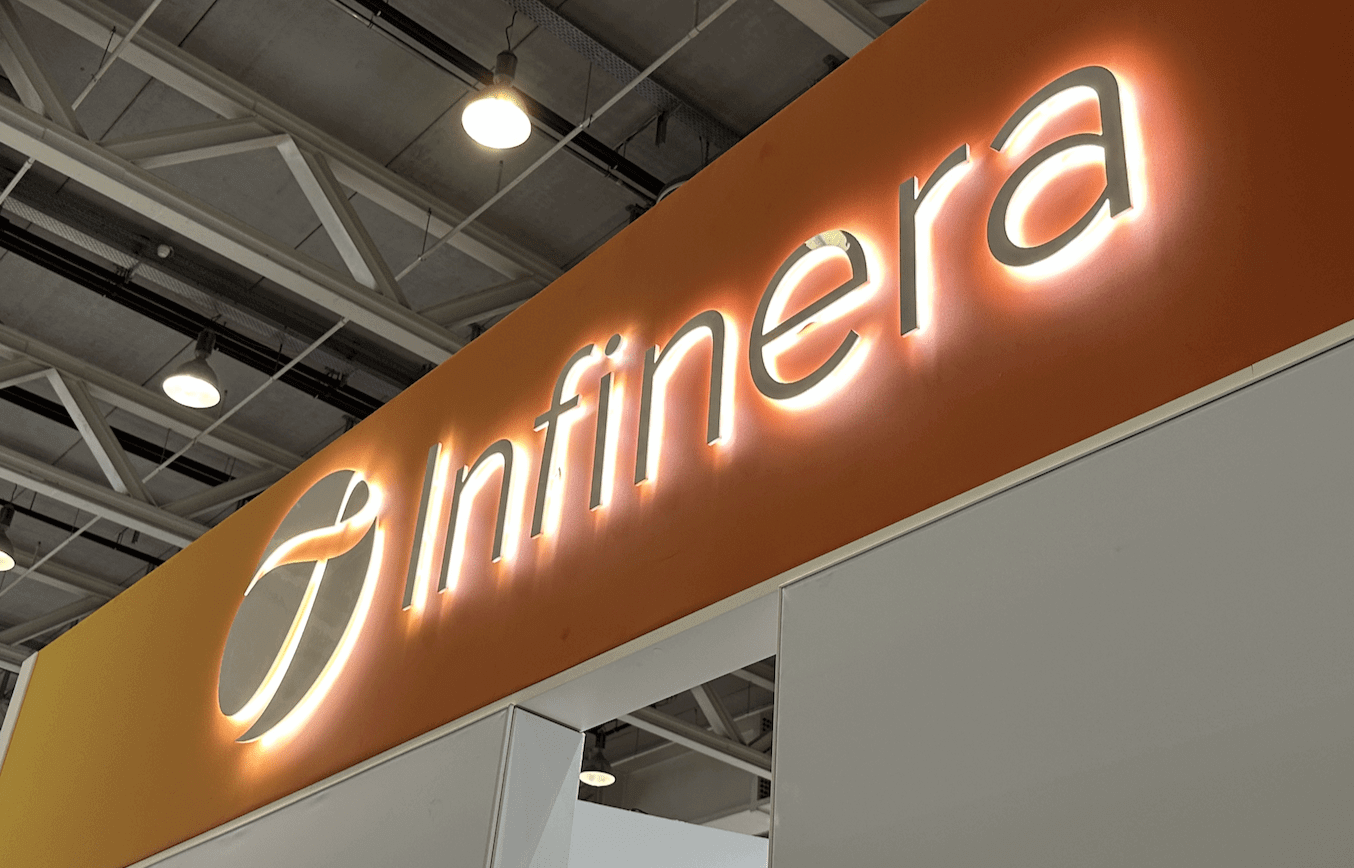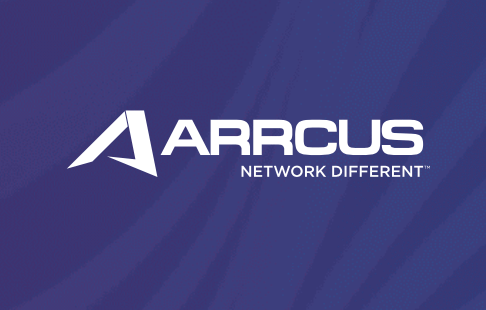By Serge Melle, Leader, Optical Networks Marketing, Nokia
At the heart of the networks that provide today’s telecommunications services are long-haul fiber optic backbone networks, which transmit massive streams of data between cities, across continents and under oceans. These can be operated by wholesale service providers serving a wide range of end-customers, cable operators distributing entertainment and internet content across national footprints, webscale operatorsconnecting data centers and internet exchanges, research and education organizations serving universities and research centers, or governments and defense agencies connecting institutions and bases. In all of these cases, it is a long-haul core network that forms the backbone of their network’s connectivity.

The very distances that define long-haul networks also impose the greatest challenges in terms of supporting the latest high-speed services, scaling network capacity and maximizing transmission distance, while also simultaneously reducing the network power footprint to support environmental and sustainability objectives.
Thankfully, operators of long-haul optical networks will soon be able to benefit from the advancements of sixth-generation coherent optics, which enable operating speeds of 1.2 terabits per second (Tb/s) or more over a single wavelength, to enable transformational benefits compared to the options available today. Sometimes termed “super-coherent” optics, due to their performance, the latest generation of coherent optics increase DSP operating speeds to 130Gbaud or more and are optimized to enable the maximum capacity and the longest reach for these challenging applications. This will yield three major improvements for operators of long-haul core networks.
First, sixth-generation coherent solutions increase the transmission reach when operating at wavelength speeds of 800Gb/s by a factor of three times or more, compared to the current generation of coherent optics operating at speeds of 90-100GBaud. This has major implications for network operators migrating their IP core networks to more scalable routers supporting 800 Gigabit Ethernet (800GE) interfaces, and enables them to support 800GE router interconnections between sites over practically all long-haul links.
Secondly, the improved performance significantly reduces the number of coherent optics needed in the network. While the prior generation of coherent optics supports wavelength speeds up to 800Gb/s, this “headline” capacity is only possible over short distances (up to a few hundred kilometers). After that, wavelength speeds reduce to 600Gb/s or 400Gb/s, for example. In that case 800Gb/s wavelengths cannot span the entirety of a long-haul link, and transporting 800GE services across long-haul core networks requires multiple intermediate sites equipped with back-to-back optics to regenerate the signals. Or,alternatively, a long-haul 800GE service can be split into two data streams transported across two wavelengths — eachoperating at speeds lower than 800Gb/s.
In contrast, the greater reach (at speeds of 800Gb/s per wavelength to distances of 2000km or more), allows sixth-generation coherent optics to support unrepeated 800GE service transport over practically all long-haul links (see Figure 1). The practical implication of this is that network operators can deploy fewer coherent optics, which helps them reduce network capital costs for new equipment (CapEx). Figure 2 shows examples of savings in the number of optics in typical networks, rangingfrom 22% saving in a regional network spanning Germany, 51% savings in a national Indian long-distance network and up to 53% in pan-European or continental United States networks.
The third benefit to network operators is the ability to reduce total network power consumption. Sixth-generation optics are implemented using the latest 5nm silicon IC technology, which allows them to leverage Moore’s Law to reduce the power-per-bit by up to 40% versus prior generations. Combined with the reduction in the number of coherent optics needed in the network, network operators can reduce total network power consumption by up to 60% (see figure 3). This significantly reduces the ongoing operating (OpEx) costs related to the electricity fees needed to power the network, while also enablingsignificant progress toward meeting sustainability objectives.
The latest, sixth generation of performance-optimized coherent optics ushers in a range of transformational benefits that facilitate optical network operators’ evolution requirements, by providing the tools needed to efficiently scale long-haul core backbone service speeds amid unrelenting traffic growth. This innovation and the advances in optical performance they provide will enable the efficient transport of 800GE services over long distances, while also reducing up to 60% of network power consumption, setting new benchmarks in the optical communications industry and lowering network TCO.
About the Author
Serge Melle currently leads the IP-Optical Product Marketing team for Nokia, and previously led the company’s North American sales enablement for IP-optical networks. Prior to joining Nokia, Serge worked at Infinera in product and solutions marketing and business development. Prior to Infinera, Serge worked at Nortel Networks where he was responsible for solutions marketing and business development.





